Integrating Remote Sensing Data with Directional Two- Dimensional Wavelet Analysis and Open Geospatial Techniques for Efficient Disaster Monitoring and Management
Abstract
:1. Introduction
2. Methods and Materials
2.1. Directional 2D Morlet wavelet analysis
2.2. System architecture for rapid information sharing
2.3. Artificial data
2.4. Field data
3. Results and Discussion
3.1. Artificial data
3.2. Field data
3.3. Open GIS
3.4. Discussion
4. Conclusions
Acknowledgments
References
- Keefer, D.K. Landslides caused by earthquakes. Geological Society of America bulletin 1984, 95, 406–421. [Google Scholar]
- Keefer, D. K. The importance of earthquake-induced landslides to long term slope erosion and slope-failure hazards in seismically active regions. Geomorphology 1994, 10, 265–284. [Google Scholar]
- Lin, C.W.; Shieh, C.L.; Yuan, B.D.; Shieh, Y.C.; Liu, S.H.; Lee, S.Y. Impact of Chi-Chi earthquake on the occurrence of landslides and debris flows: example from the Chenyulan River watershed, Nantou, Taiwan. Engineering Geology 2003, 71, 49–61. [Google Scholar]
- Lin, C.W.; Liu, S.H.; Lee, S.Y.; Liu, C.C. Impacts of the Chi-Chi earthquake on subsequent rainfall-induced landslides in central Taiwan. Engineering Geology 2006, 87–101. [Google Scholar]
- Kerr, J.T.; Ostrovsky, M. From space to species: ecological applications for remote sensing. Trends in Ecology & Evolution 2003, 18, 299–305. [Google Scholar]
- Barlow, J.; Martin, Y.; Franklin, S.E. Detecting translational landslide scars using segmentation of Landsat ETM+ and DEM data in the northern Cascade Mountains, British Columbia. Canadian Journal of Resmote Sensing 2003, 29, 510–517. [Google Scholar]
- Jensen, T.R. Introductory digital image processing: a remote sensing perspective; Prentice Hall: New York, 1996. [Google Scholar]
- Daubechies, I. Ten lectures on wavelets; Society for Industrial and Applied Mathematics: Pennsylvania, 1992; pp. 76–78. [Google Scholar]
- Antoine, J.P.; Carrette, P.; Murenzi, R.; Piette, B. Image analysis with two-dimensional continuous wavelet transform. Signal Processing 1993, 31, 241–272. [Google Scholar]
- Grosmann, A.; Morlet, J. Decomposition of Hardy functions into square integrable wavelets of constant shape. SIAM Journal of Mathematical Analysis 1984, 15, 723–736. [Google Scholar]
- Torrence, C.; Compo, G.P. A practical guide to wavelet analysis. Bulletin of the American Meteorological Society 1998, 79, 61–78. [Google Scholar]
- Antoine, J.P.; Murenzi, R. Two-dimensional directional wavelets and the scale-angle representation. Signal Processing 1996, 52, 259–81. [Google Scholar]
- Lake, R. The application of geography markup language (GML) to the geological sciences. Computers and Geosciences 2005, 31, 1081–1094. [Google Scholar]
- Foufoula-Geogious, E.; Kumar, P. Wavelets in Geophysics; Foufoula-Geogious, E., Kumar, P.; Academic Press: California, 1994; Chaper 1; p. 1. [Google Scholar]
- OGC document 04-024. 2004. Web map service version 1.3 2004.
- OGC document 02-058. 2002. Web feature service implementation specification version 1.0.0 2002.
- Dale, M.R.T.; Dixon, P.; Fortin, M.J.; Legendre, P.; Myers, D.E.; Rosenberg, M.S. Conceptual and mathematical relationships among methods for spatial analysis. Ecography 2002, 25, 558–577. [Google Scholar]
- Lin, C.W.; Shieh, C.L.; Yuan, B.D.; Shieh, Y.C.; Liu, S.H.; Lee, S.Y. Impact of Chi-Chi earthquake on the occurrence of landslides and debris flows: example from the Chenyulan River watershed, Nantou, Taiwan. Engineering Geology 2003, 71, 49–61. [Google Scholar]
- Lin, Y.B.; Tan, Y.C.; Lin, Y.P.; Liu, C.W.; Hung, C.J. Geostatistical method to delineate anomalies of multi-scale spatial variation in hydrogeological changes due to the ChiChi earthquake in the ChouShui river alluvial fan in Taiwan. Environmental Geology 2004, 47, 102–118. [Google Scholar]
- Central Weather Bureau. Report on typhoons in 2000; Ministry of Transportation and Communications: Taiwan, 2000; pp. 130–162. [Google Scholar]
- Central Weather Bureau. Report on typhoons in 2001; Ministry of Transportation and Communications: Taiwan, 2001; pp. 84–111. [Google Scholar]
- Vetterli, M.; Kovačević, J. Wavelets and subband coding; Prentice-Hall: New Jersey, 1995; pp. 41–42. [Google Scholar]
- Lin, W.T.; Lin, C.Y.; Chou, W.C. Assessment of vegetation recovery and soil erosion at landslides caused by a catastrophic earthquake: a case study in Central Taiwan. Ecological Engineering 2006, 28, 79–89. [Google Scholar]
- Davis, T.J.; Klinkenberg, B.; Keller, C.P. Evaluating restoration success on Lyell Island, British Columbia using oblique videogrammetry. Restoration Ecology 2004, 12, 447–455. [Google Scholar]
- McDermid, G.J.; Franklin, S.E.; LeDrew, E.F. Remote sensing for large-area habitat mapping. Process in Physical Geography 2005, 29, 449–474. [Google Scholar]
- Bloomfield, P. Fourier analysis of time series: an introduction; John Wiley & Sons: New York, 1976; p. 50. [Google Scholar]
- Boose, E.R.; Foster, D.R.; Fluet, M. Hurricane impacts to tropical and temperate forest landscapes. Ecological Monographs 1994, 64, 369–400. [Google Scholar]
- Mallat, S. A wavelet tour of signal processing; Academic Press: New York, 1998; pp. 151–161. [Google Scholar]
- Niedermeier, A.; Ronabeeenm, E.; Lehner, S. Detection of coastlines in SAR images using wavelet methods. IEEE Transactions on Geoscience and Remote Sensing 2000, 38, 2270–2281. [Google Scholar]
- Hong, Y.; Adler, R.; Huffman, G. Use of satellite remote sensing data in the mapping of global landslide susceptibility. Natural Hazards 2007, 43, 245–256. [Google Scholar]
- Lehto, L.; Sarjakoski, L.T. Real-time generalization of XML-encoded spatial data for the Web and mobile devices. International Journal of Geographical Information Science 2005, 19, 957–973. [Google Scholar]
- Houlding, S.W. XML - an opportunity for ″meaningful″ data standards in the geosciences. Computers & Geosciences 2001, 27, 839–849. [Google Scholar]
- Nance, K.L.; Hay, B. Automatic transformations between geoscience standards using XML. Computers & Geosciences 2005, 31, 1165–1174. [Google Scholar]
- Cardoso, J.; Rocha, A.; Lopes, J.C. M-GIS - Mobile and interoperable access to geographic information. Lecture Notes in Computer Science 2004, 3183, 400–405. [Google Scholar]
- Vatsavai, R.R.; Shekhar, S.; Burk, T.E.; Lime, S. UMN-MapServer: A high-performance, interoperable, and open source web mapping and geo-spatial analysis system. Geographic Information Science, Proceedings 2006, 4197, 400–417. [Google Scholar]

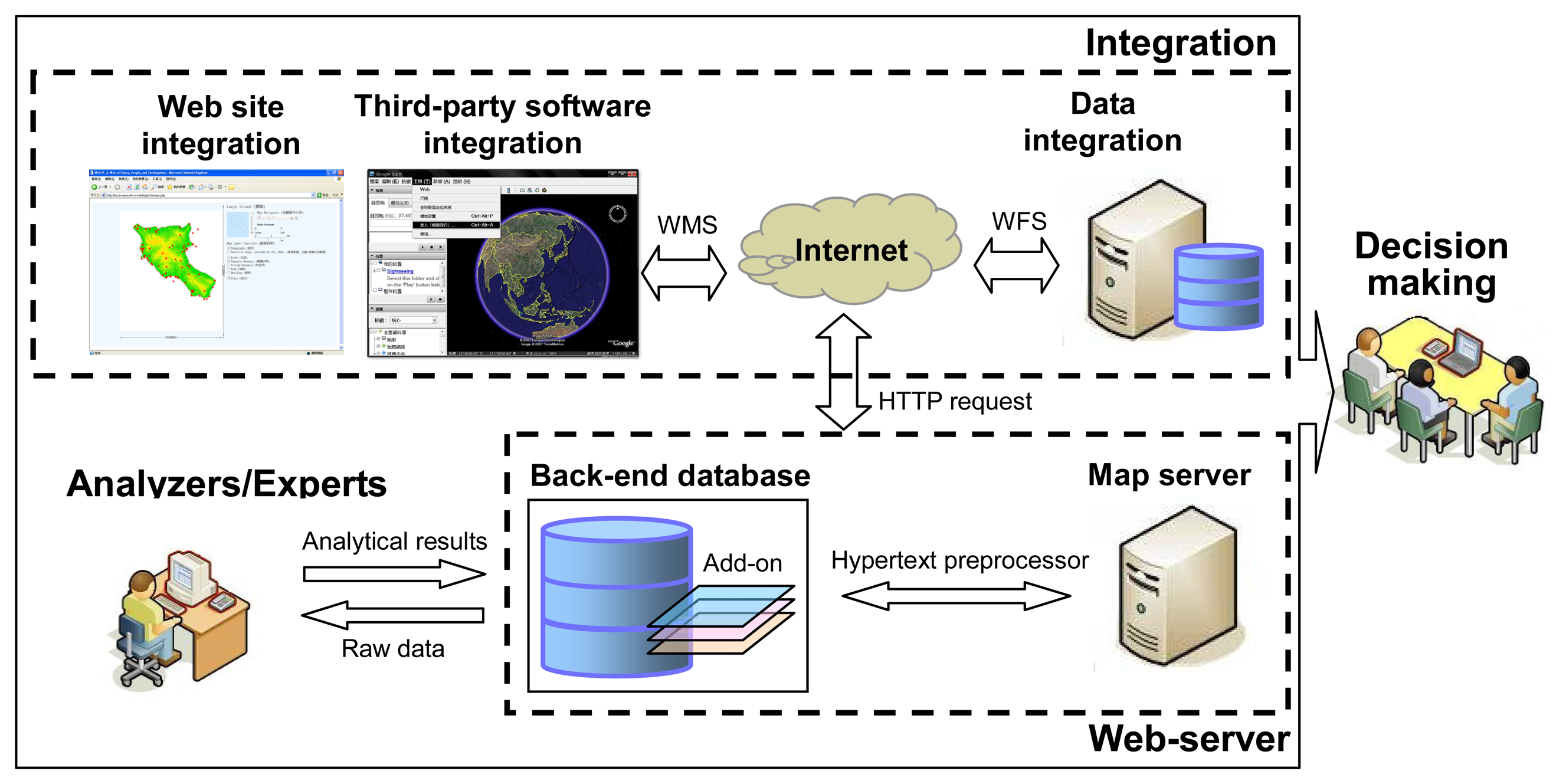
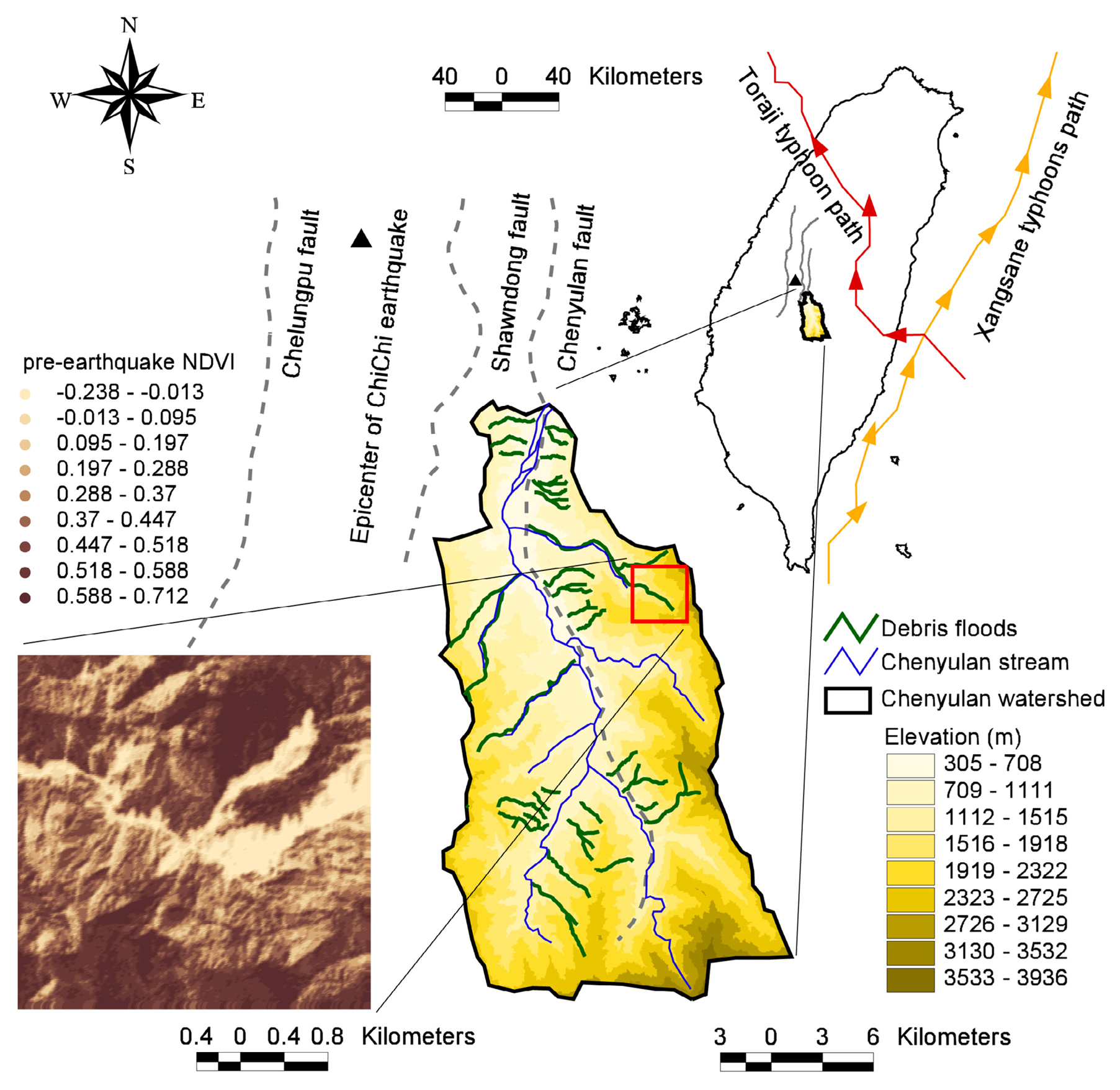
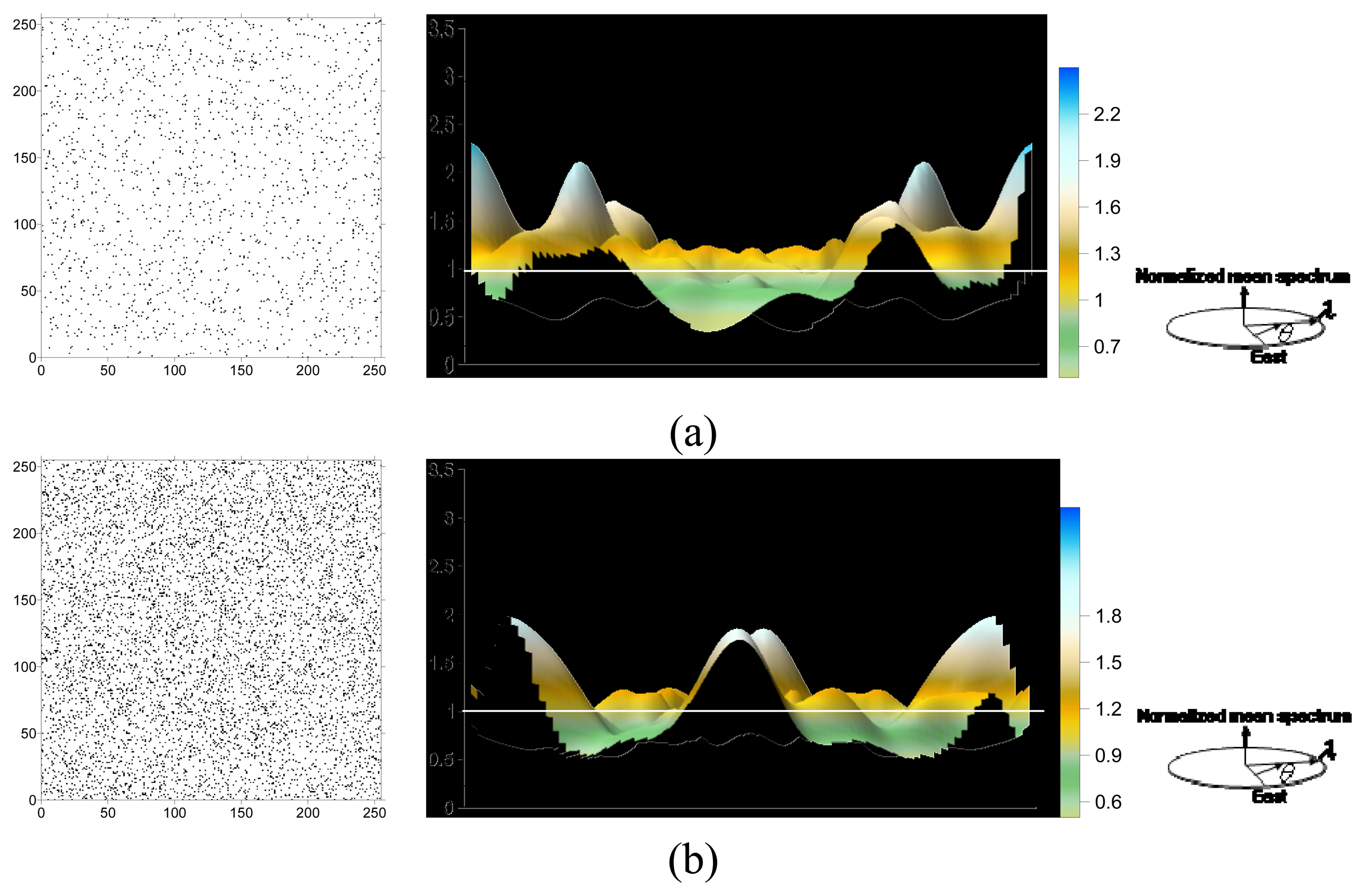
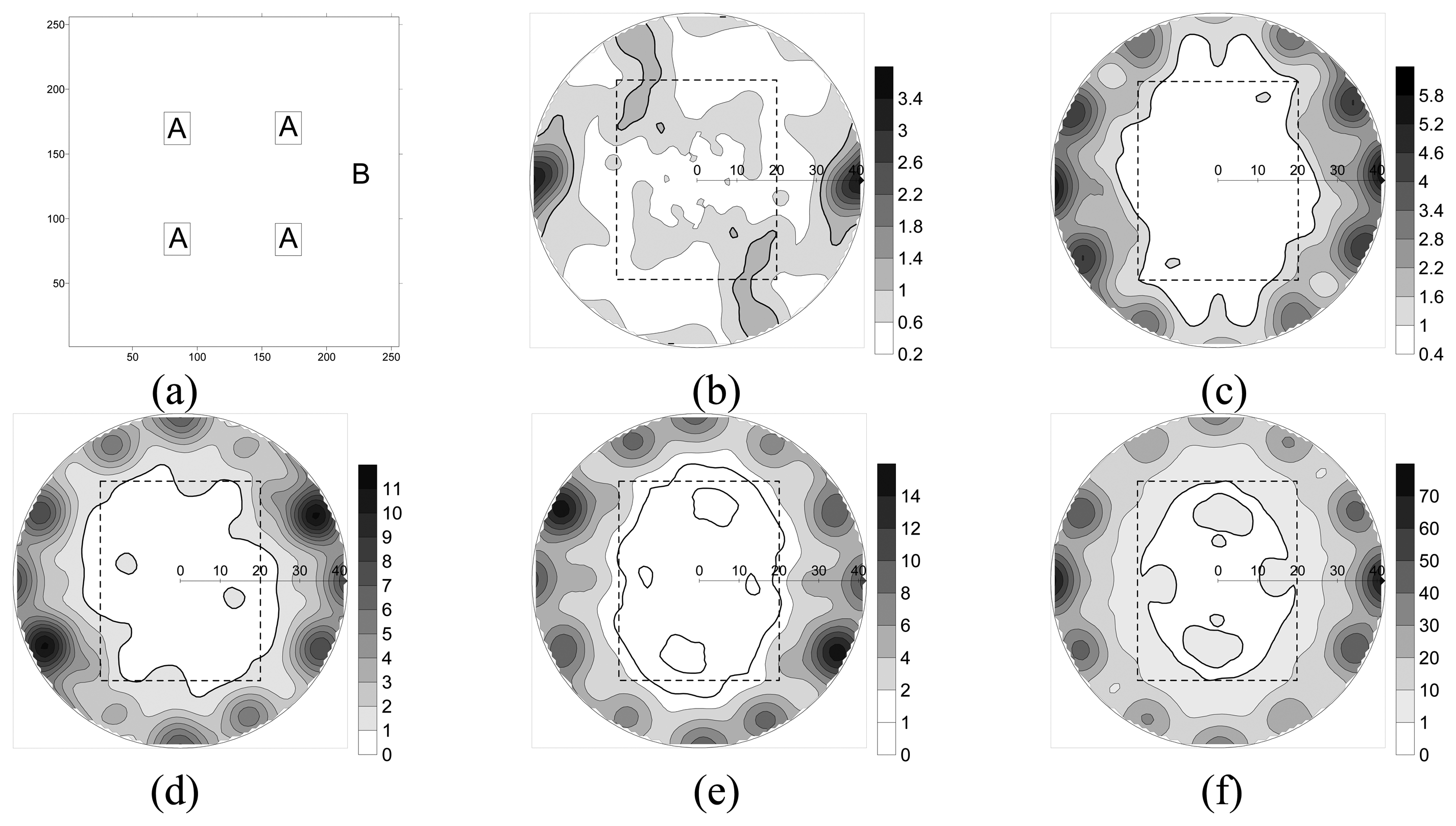

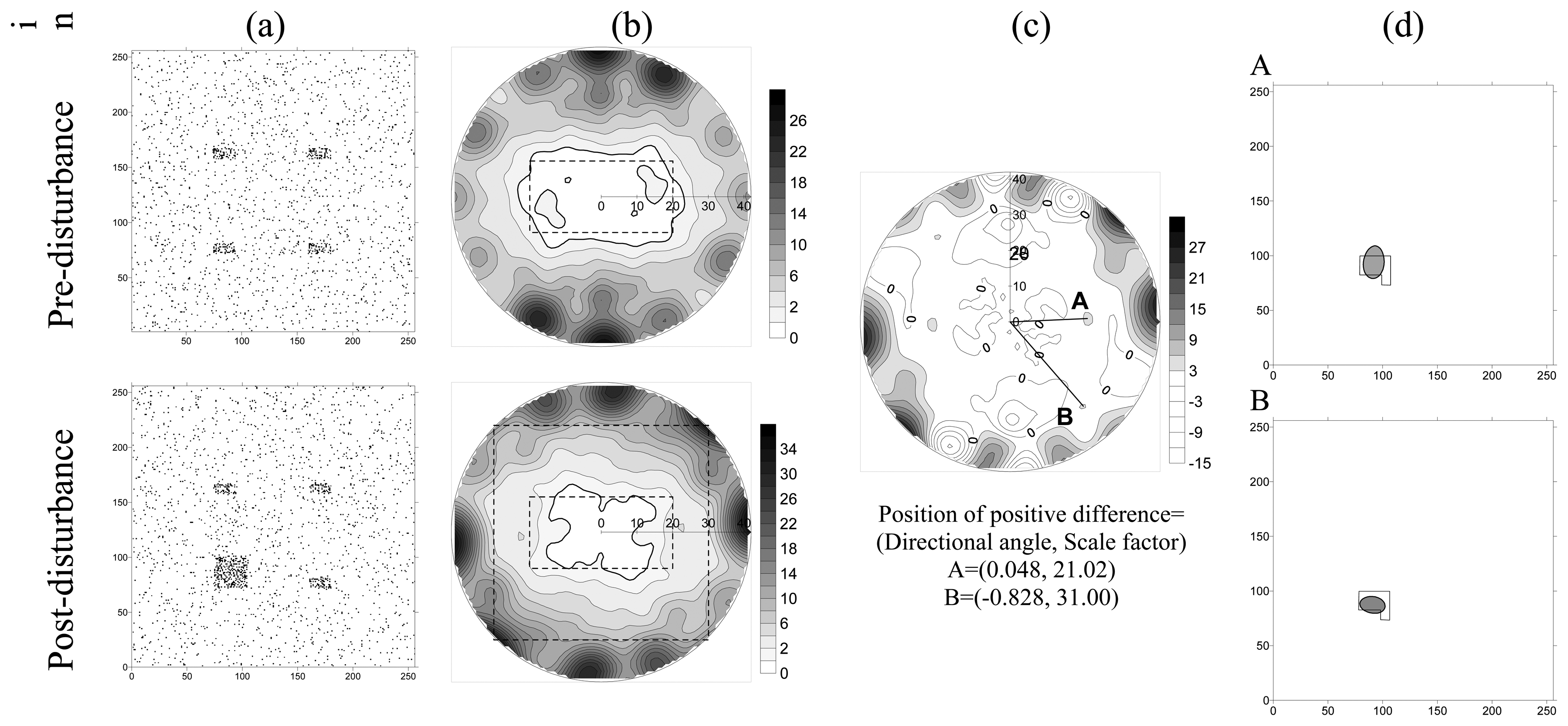
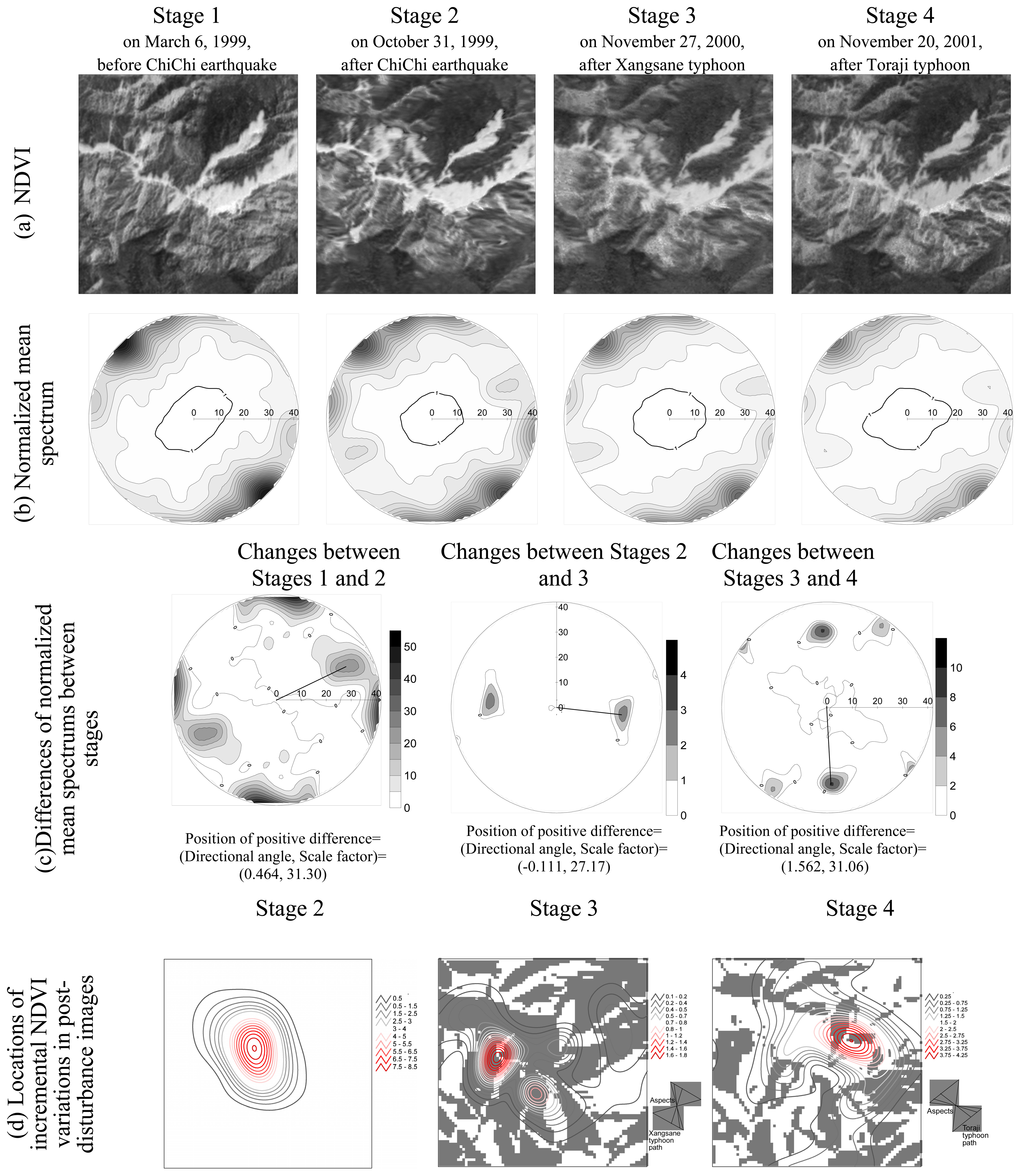
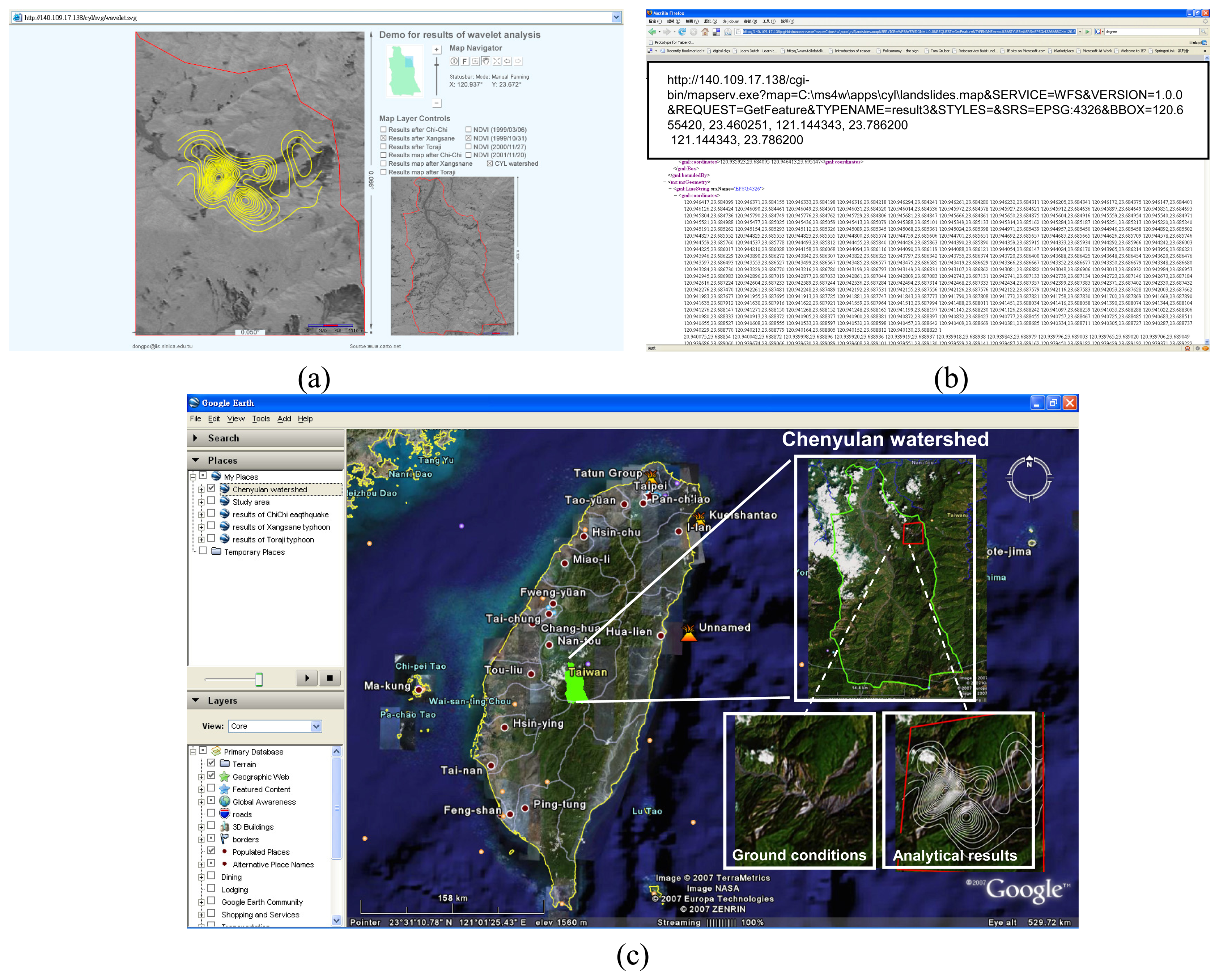
| Standards | Web Map Service (WMS)/Web Feature Service (WFS) | Geography Markup Language (GML) |
| Briefs | Specifications standardize the way in which maps are requested by clients and the way that servers describe their data holdings. | A specification for the transport and storage of geographic information, including both the spatial and non-spatial properties of geographic features. |
| Properties | Maps are generally rendered in common formats like Graphics Interchange Format (GIF), Portable Network Graphics (PNG), etc. Data products are in the form of static maps. | GML specification is more suitable for vector data exchange between WebGISes. However, Adaptation of GML in WebGIS environment comes with a computational overhead. |
© 2008 by MDPI Reproduction is permitted for noncommercial purposes.
Share and Cite
Lin, Y.-B.; Lin, Y.-P.; Deng, D.-P.; Chen, K.-W. Integrating Remote Sensing Data with Directional Two- Dimensional Wavelet Analysis and Open Geospatial Techniques for Efficient Disaster Monitoring and Management. Sensors 2008, 8, 1070-1089. https://doi.org/10.3390/s8021070
Lin Y-B, Lin Y-P, Deng D-P, Chen K-W. Integrating Remote Sensing Data with Directional Two- Dimensional Wavelet Analysis and Open Geospatial Techniques for Efficient Disaster Monitoring and Management. Sensors. 2008; 8(2):1070-1089. https://doi.org/10.3390/s8021070
Chicago/Turabian StyleLin, Yun-Bin, Yu-Pin Lin, Dong-Po Deng, and Kuan-Wei Chen. 2008. "Integrating Remote Sensing Data with Directional Two- Dimensional Wavelet Analysis and Open Geospatial Techniques for Efficient Disaster Monitoring and Management" Sensors 8, no. 2: 1070-1089. https://doi.org/10.3390/s8021070





